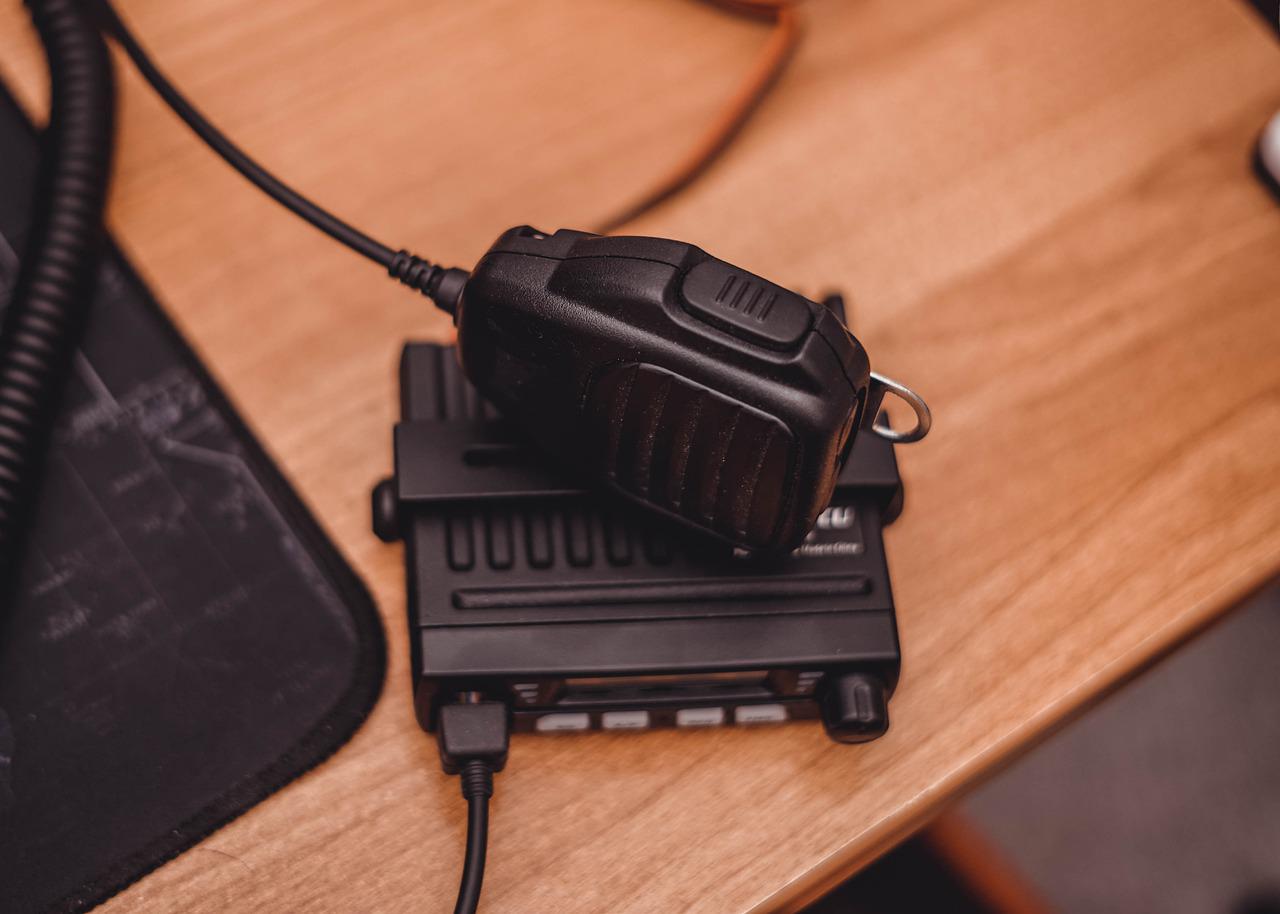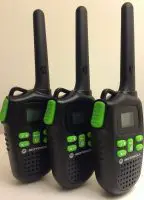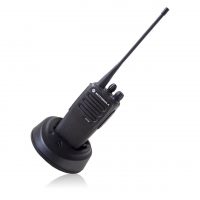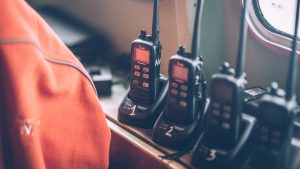For those of us who are not experts, choosing between a CB radio vs a walkie talkie can be an insurmountable task – both of them can be used in very similar ways and looks very similar. So how does one choose between a walkie talkie vs a CB radio for your broadcasting needs.
The biggest difference between a CB radio and a walkie talkie is their respective ranges, which channels they can use and how big they are. CB radios are larger than walkie talkies, and are kept in buildings or cars, and have a greater range. Walkie talkies, on the other hand, are smaller, and so more likely to be carried around.
Those are the basics behind the differences between CB radios vs walkie talkies, but keep reading for more details below.
Table of Contents
Features of a CB Radio
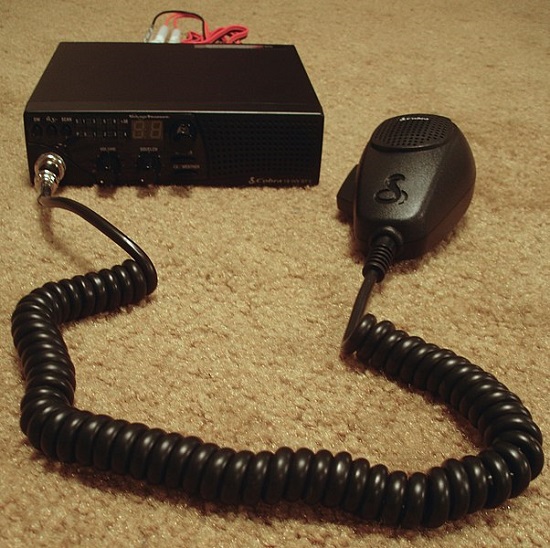
CB radio is short for Citizens Band Radio, which was approved in the 1970s by the Federal Communications Commission for the public to use. As we’ve said, it is most commonly used in buildings, and various vehicles, such as:
- Trucks
- Off-road vehicles
- Cars
Although it was designed for public use, many professionals still use it and many members of the public tend to turn to walkie talkies when given a choice between CB radios vs walkie talkies.
Features of a Walkie Talkie
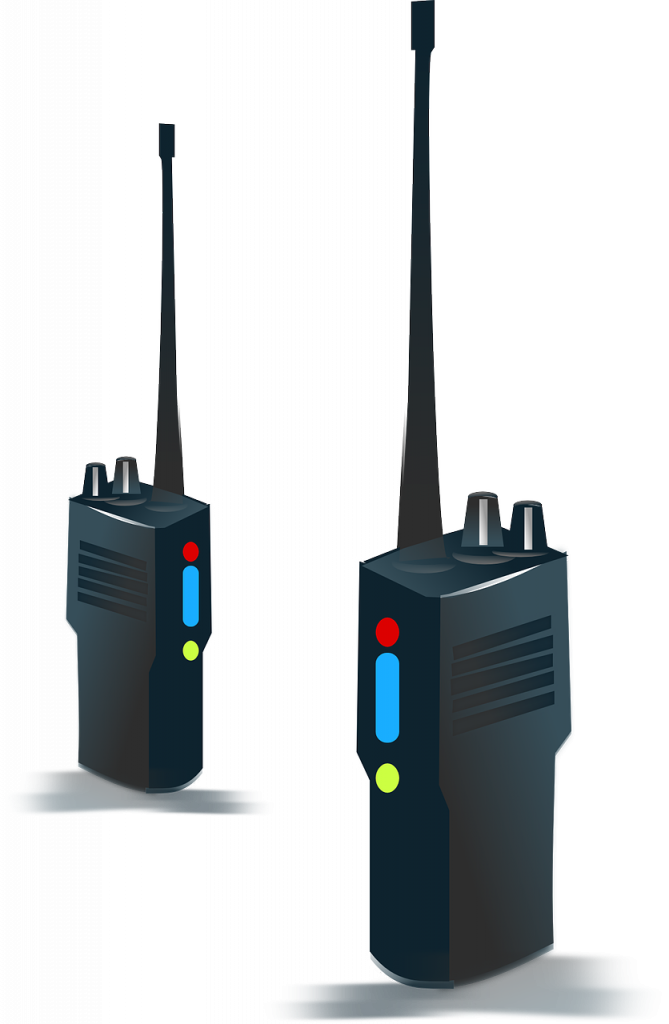
Walkie talkies, more formally known as handheld transceivers or handy talkies, are two way radios, often used for teams of people to communicate with each other.
It has become very popular amongst the public, due to its user friendliness; with only the push of a button, two people can talk to each other very easily. When it was originally used mostly in the military fields, but it’s now used more often between the public.
What Are the Differences Between Walkie Talkies Vs CB Radios?
So those are the basic histories between the two radios, but what are the real differences between the two of them?
Channel
To start with the channel range, the CB radio wins out over the walkie talkie.
- On average, a CB radio has around 40 channels, but SSB CB radios can go all the way up to 120.
- Walkie talkies on the other hand, have less than ten channels – FRS walkie talkies have 8 channels but GMRS/FRS walky talkys can go up to 22.
Range of Transmission
Another large difference between walkie talkies vs CB radios are how far they can transmit. Again, if you are looking for pure transmission, then you’d want a CB radio.
- A CB radio has a transmission range of over 20 miles and SSB CB radios can actually communicate over 1000’s miles!
- However, walkie talkies can only handle 2 or 3 miles – even though they are sometimes advertised as having a range of more than 30-miles!
Strength of Transmission
This is another area in which a CB radio wins out over the walkie talkies in raw power, which can be seen in how CB radios can be used without interference, and the same cannot be said for walkie talkies.
A CB radio is automatically more powerful than a walkie talkie, but you can even use amplifiers to make it even more powerful, which isn’t possible with a walkie talkie.
Space Taken/Portability
But, with everything being said, there are some things which makes a walkie talkie a better choice vs a CB radio, and one of those things is how compact they can be.
- Walkie talkies are very small and easy to carry on someone’s person. This has made them very popular for public use.
- CB radios, on the other hand, is designed to be inside a building or a car, constantly connected to wherever it is place. In other words, people don’t generally carry CB radios around with them.
Expense
Another thing which would make a walkie talkie more advantageous than a CB radio would be how expensive they can be.
- Walkie talkies have become so vastly used by the public that there are cheap children’s toys versions of them.
- CB radios, on the other hand, have become associated with commercial vehicles and other professional environments, and their price reflects that.
User Friendliness
This is yet another reason why you might consider a walkie talkie over a CB radio.
- Most walkie talkies work by a one button touch talking – as said, it is so simple that children can use it. Even if it is a bit more complex, then there are beginner friendly guides for those who need it.
- CB radios are definitely on a different league, requiring multiple buttons and other processes to actually get talking.
Use in Emergencies
If you’re planning to have a radio just in case of emergencies, then both a walkie talkie and a CB radio would do you well.
Both styles of radio have their own useful SOS feature which you can use in case you really need to. However, you might want to consider whether you will be wanting it on the move (in which case, you’d want a walkie talkie) or whether you’d want your radio to have a better range in exchange for keeping it in your vehicle (at which point, you’d be better off with a CB radio).
Frequency
Again, not necessarily a feature in which one wins out over the other, but a difference between the two is the frequencies they work at.
- CB radios (depending on which country you’re from) work at around 27 MHz or 11m HF band.
- FRS/GMRS walkie talkies operate in the 462MHz frequency range, and if you’re in Europe PMR walkie talkies work in the 446MHz frequency range – UHF (Ultra High Frequency)
How Many People You Can Talk With
This is another difference between the two which is just worth keeping in mind – with the band that CB radios can work at, you can talk to a potentially limitless number of people.
However, walkie talkies can only ever talk to those who also have a walkie talkie. But depending on what you want, you might only want to talk to those who also have a radio.
Conclusion
In conclusion, if you want to know which radio is better for you, then what you need to do is understand the different features of the radio. If transmission range, strength of transmission, the number of channels are important to you, and you don’t care about portability or price, then a CB radio is for you. If you value portability, user friendliness, a better price and don’t mind a shorter and weaker range, then a walkie talkie will do you fine.


